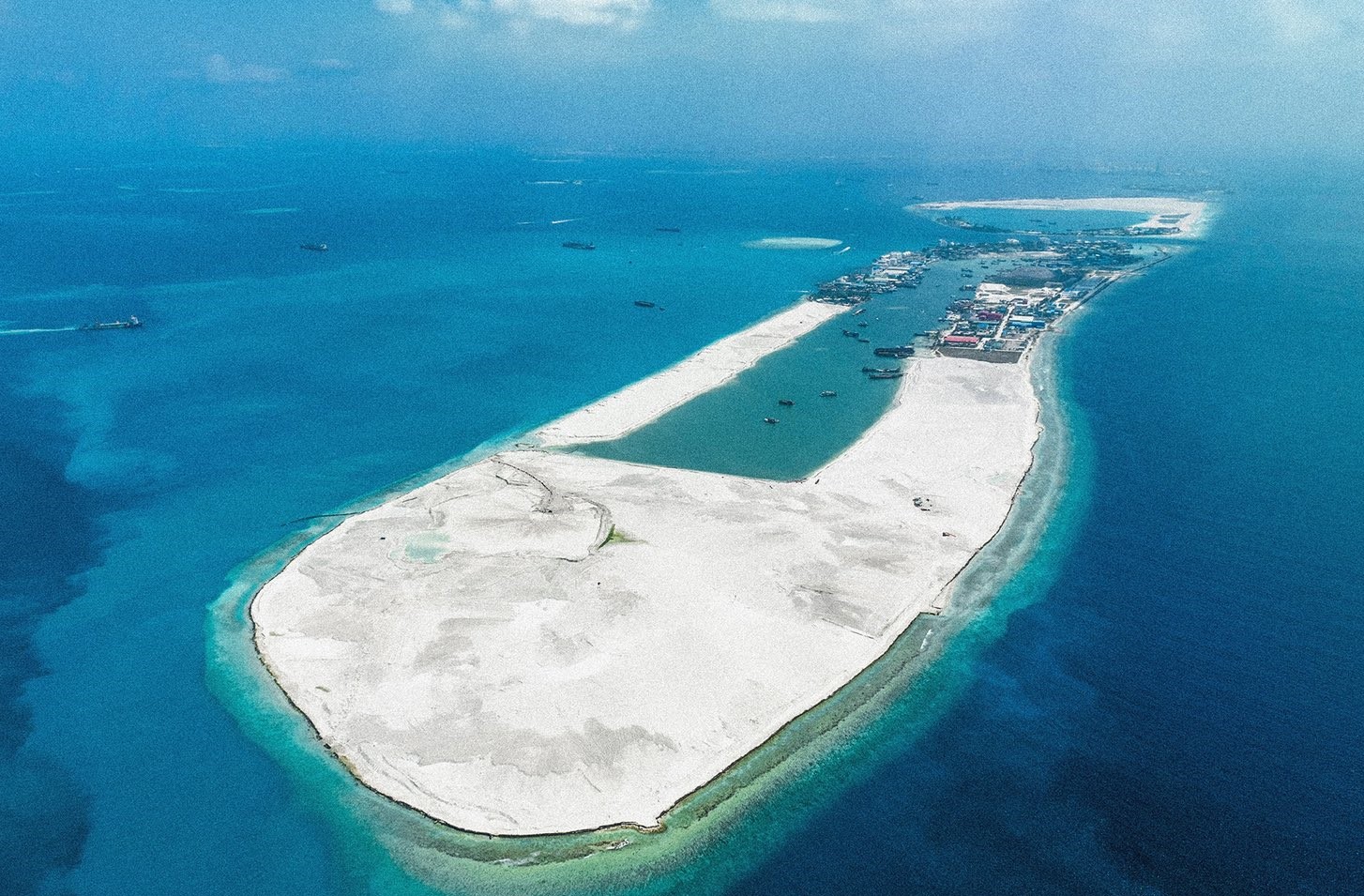A rapidly developing weapon system, killer robots can choose to attack what they see as a threat, which includes humans, who will have no control over them.
With no human assistance, killer robots making decisions about humans could be a science fiction movie-worthy scenario.
But Amnesty International says we are now facing the unthinkable – “Killer robots are not a future problem anymore.”
Human rights organisations warn that they’re already functional, heavily invested, and can be a grave threat to humanity.
Here’s what you need to know about these killer machines.
A product of AI and new technology
What human rights organisations call “killer robots” are crewless combat aerial vehicles or lethal autonomous weapons systems, also known as LAWS.
These systems are powered by the most evolved artificial intelligence. Thanks to augmented reality (AR) technology, killer robots use facial recognition, movement sensors and the ability to attack humans with a mind of its own or with no meaningful human control.
These lethal autonomous weapons systems are “programmed to attack targets without requiring data connectivity between the operator and the munition: in effect, a true ‘fire, forget and find’ capability,” a 2021 report commissioned by the United Nations said.
It means the weapon is able to guide itself to attack a target after it’s fired.
They can take “unethical” life and death decisions
But human rights organisations have been pointing out that machines should be charged to take complex ethical decisions.
“They lack compassion and understanding, they make decisions based on biased, flawed and oppressive processes,” Amnesty International said on November 4, in a petition launched with the partnership of Stop Killer Robots.
“Emerging technologies like facial and vocal recognition often fail in recognising women, people of colour and persons with disabilities. This means that autonomous weapons can never be adequately programmed to substitute human decision making,” the human rights group explained.
A similar concern was raised in a study that discovered that a popular artificial intelligence model was extremely biased.
The text it generated persistently assembles sentences linking Muslims with violence the most, while also targeting certain religious groups, including Jews and some races.
The future of warfare and border control
Amnesty says these weapons could be used in conflict zones, by police forces and in border control.
This could change the direction of modern warfare as machines replaced with troops would allow countries to go to war much easier.
However, the campaigners say the machines are prone to fail to make decisions in unexpected real-world battlefield scenarios.
But warfare isn’t the only area that the campaigners say would be affected by weapons equipped with increasing autonomy.
If it became widespread, the police forces could use the help of these systems – a possible threat to freedom of expression and the right to protest.
Amidst a worldwide refugee crisis caused by wars and border disputes, killer robots also could be deployed for border control to monitor refugees fleeing conflict.
But while Human rights organisations are particularly concerned about the fragility of these systems, the race to obtain and develop these weapons could create a further catastrophe.
“The concern that these weapons might misidentify targets is the least of our worries,” James Dawes, a professor at Macalester College in St Paul, Minn, who has written about autonomous weapons, told the New York Times in June.
“More significant is the threat of an AWS arms race and proliferation crisis,” he said, referring to Amazon Web Services, the leading public cloud solutions vendor.
AWS has taken the unprecedented move of producing its own server processors based on the Arm architecture.
Human rights groups call for urgent regulation
Human Rights Watch says “killer robots” are no less a threat to humanity than climate change and “deserves urgent multilateral action.”
The issue is a matter of concern to the United Nations as well since 2013, with Secretary-General Antonio Guterres calling them “morally repugnant and politically unacceptable.”
Ninety-seven countries have responded to the Secretary General’s call by discussing the concerns regarding the ‘killer robots’ but half the world’s countries have not given their views, hence a report by HRW.
Despite the concerns, the US, China, Israel, South Korea, Russia, Australia, India, and the UK continue to invest in these weapons.
“We have had a decade of talks on autonomous weapons at the United Nations, but these are being blocked by the same states that are developing the weapons,” said Ousman Noor of the Stop Killer Robots campaign.
“We need a robust, legally binding international treaty to stop the proliferation of killer robots – before it’s too late,” said Amnesty in its recent petition call.
A group of UN experts will meet to decide whether to begin negotiating new international law on autonomy in weapons systems in December this year.
Source: TRT World

 Sports3 days ago
Sports3 days ago
 Sports6 days ago
Sports6 days ago
 World7 days ago
World7 days ago
 News5 days ago
News5 days ago
 World6 days ago
World6 days ago
 News7 days ago
News7 days ago
 Travel & Culture7 days ago
Travel & Culture7 days ago
 News5 days ago
News5 days ago


















